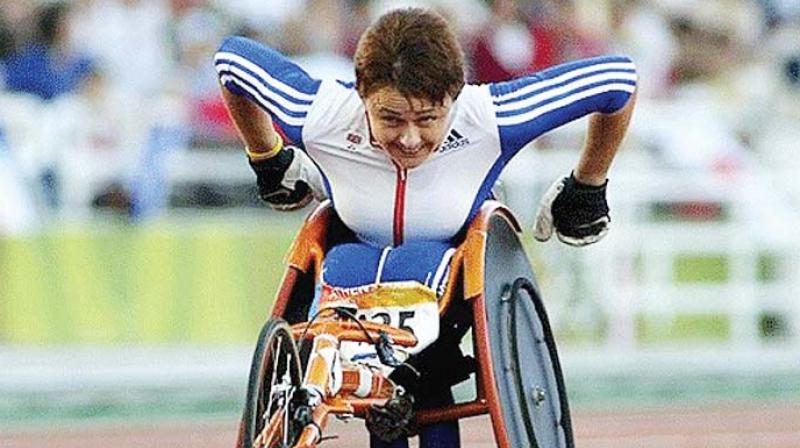Disability is normality
For a better world, we need to accept the unfairness disAbled people face too and work to ensure no group amongst us is left behind.

Imagine the following scenario: cars speed past a red light, potholes cover a road, and a blind man attempts to cross it. This is where a disAbled man fails to be self-dependent;he is forced to take help from those better equipped for this version of the world. At this point he understands his place in the society- an incapable person who must rely on "normal" people. This leads to a major question: is disability a greater hindrance for this person or how we are yet to see a world that is accommodating for all humans?
To start off, how we conventionally interpret "normal" is problematic. It shouldn't only include a set of capabilities a majority displays. Rather, normality should be inclusive of all of humankind. With that clarification, the realization quickly follows: what is normal is not a hindrance. It is equally important to accept that some simply do not wish to remove a part of their identity. For instance, Gregor Wolbring, a biochemist and bioethics scholar who was born without legs, regards himself as a version of normal and refuses change. In the documentary called Fixed: The Science/Fiction of Human Enhancement, disabled journalist John Hockenberry proposes disability is "a part of the human story". His idea is backed up by the belief many people with disabilities hold: they will not be themselves if the disability was removed.As many embrace their disabilities, they ask to be referred to as differently-abled or disAbled as the word 'disabled' has traditionally held a negative connotation. One-fifth of the estimated global total, or between 110 million and 190 million people, experience significant disabilities. While such a large part of our community experiences disabilities, these people are rarely seen in positions of authority. Can you think of an actor or a political figure you look up to who bears a disability?If it is easier to recall many places in your neighborhood with staircases but no ramps, than to answer the previous question, we clearly have a problem. Why is building infrastructure for ordinary people considered normal, but building that for disAbled people considered going an extra mile or something out of the ordinary? It is important to change how things are. First and foremost, we need to understand that there is more to these people than their disability: stop characterizing disAbled people solely off of their disability by viewing it as their most significant feature. Secondly, more effort should be placed on making the world disabled-friendly. Fortunately this need is being recognized: Red Ramp Project in Goa, India built a temporary ramp that enabled people on wheelchairs to access Kiri beach for a day.In addition, train stations should invest in an app that provides complete audio instructions for visually impaired people. On a larger scale, conscious effort is required to increase representation of disAbled people in mainstream media and government positions. It is always easier to bring about change when you start with children: schools should normalize disability to students at a young age, as many of the issues discussed are a social consequence of how those conventionally labeled normal view differently-abled people. Hence, we must understand that the struggle for equality does not find its roots only in religion or race. For a better world, we need to accept the unfairness disAbled people face too and work to ensure no group amongst us is left behind.

